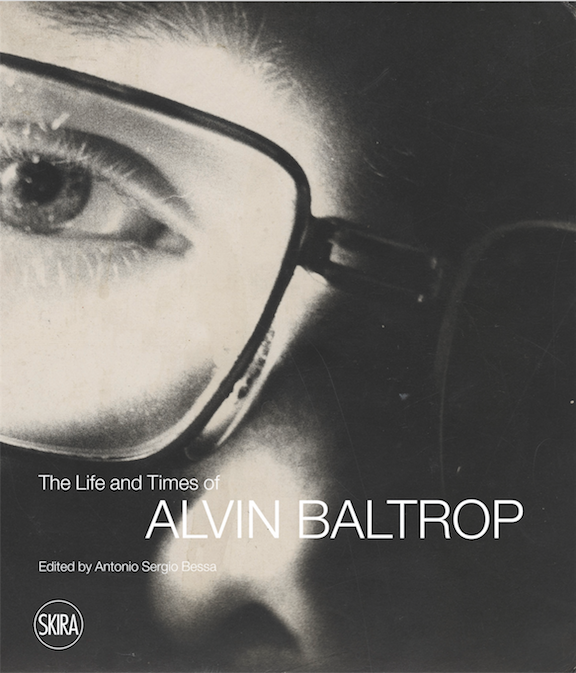Parkchester: An Interview with Jeffrey S. Gurock
Interviewed by Katie Uva
Today on the blog, editor Katie Uva talks to Jeffrey Gurock about his recent book, Parkchester: A Bronx Tale of Race and Ethnicity. In it, Gurock combines his personal experience growing up in Parkchester with research into the history of this planned community in the Bronx, and offers an interpretation both of Parkchester’s uniqueness and what it reveals about the broader city.
Read More







